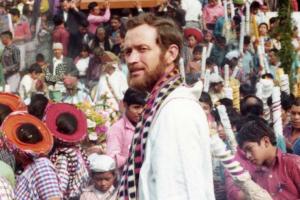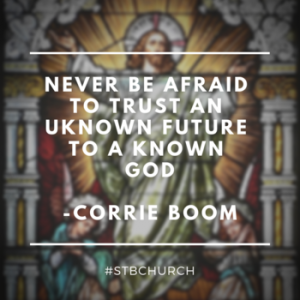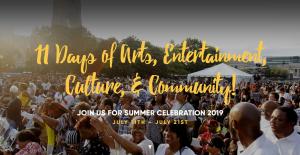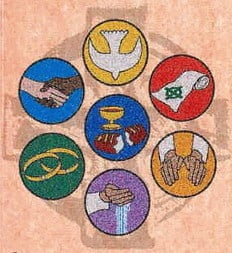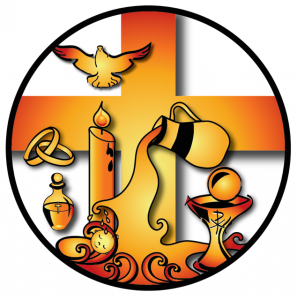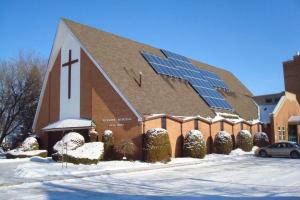Yesterday, July 28, was the first feast day of Blessed Stanley Rother (ROW-ther). Fr. Rother, a priest of the Archdiocese of Oklahoma City, served in the diocese’s mission in Guatemala during the dangerous years of gorilla uprising and government oppression. He was killed for speaking out for the poor and for his parishioners, who were being tortured and killed by government forces. My pastor at St. Ray’s Church, Springfield, MN, also served in a mission parish in Guatemala. He informed... Read more


